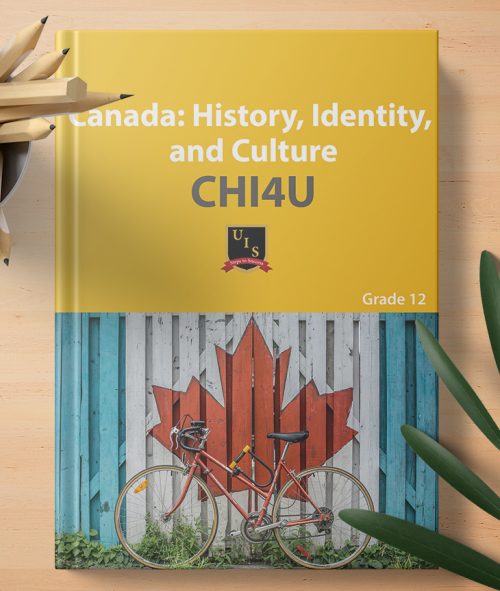This course provides opportunities for students to explore dramatic forms, conventions, and techniques. Students will explore a variety of dramatic sources from various cultures and representing a range of genres. Students will use the elements of drama in creating and communicating through dramatic works. Students will assume responsibility for decisions made in the creative and collaborative processes and will reflect on their experiences.
Drama
$1,200.00 CAD
COURSE OVERVIEW
Course Code:ADA2O
Course Type: Academic
Prerequisite: None
Credit Value: 1
COURSE DETAILS
Unit 1: Stretching Yourself as an Actor Using Text
This unit, students will engage in activities and establish the drama learning environment. Activities will focus on subject-specific vocabulary and concepts, using space, collaboration, listening and responding, reflection and discussion. Students review basic elements of table, role play and other drama forms and techniques as appropriate for the group. When revisiting each activity, students extend their knowledge by increasing their depth of learning and paying greater attention to detail, developing their understanding of dramatic structure (character, conflict, theme, and ideas) and communicating through appropriate methods (conventions, symbols, metaphor).
Unit 2: Moving Beyond Realism
In this unit, the students improvise to identify and explore personal roles (masks) taken on within their own lives. They will look back at their experiences and identify distinct attitudes, such as cynicism, optimism, and stoicism they may have used in life. Based on that they will create characters creating their own role playing. Here they can clearly express a range of feelings, attitudes and beliefs. They analyze media constructions, identify stereotypes and learn how to differentiate between “media reality” and everyday life. They learn how and why masks are used as devices and symbols. Students may make masks, all students use masks to learn about movement and clear communication using the body.
Unit 3: Shaping a Theme into a Theatrical Style
Through a variety of dramatic activities such as role playing, tableau, sculpting, monologues, storytelling, visual imaging, and journal writing, students explore situations that require difficult decisions and choices. Through these activities, students also share their perspectives on issues and choices which concern them. Through a variety of activities which explore voice, gesture and movement, meaning (implicit and explicit), metaphors, symbols, and production values, students understand and articulate deeper understanding of the text. The students demonstrate the use of conventions in presentations. They research to discover character, to understand and articulate conflict and to bring text to life.
Unit 4: Characters in New Settings
The culminating activity, students take responsibility for collecting, researching, sorting, and organizing drama and text sources to support their ideas for a group presentation. They demonstrate the use of numerous dramatic conventions, which are used with and transform source materials. Through collaboration, they organize these forms into an organic structure. Students take on various roles within a company collective and learn to manage conflicts, which arise within the creative process









